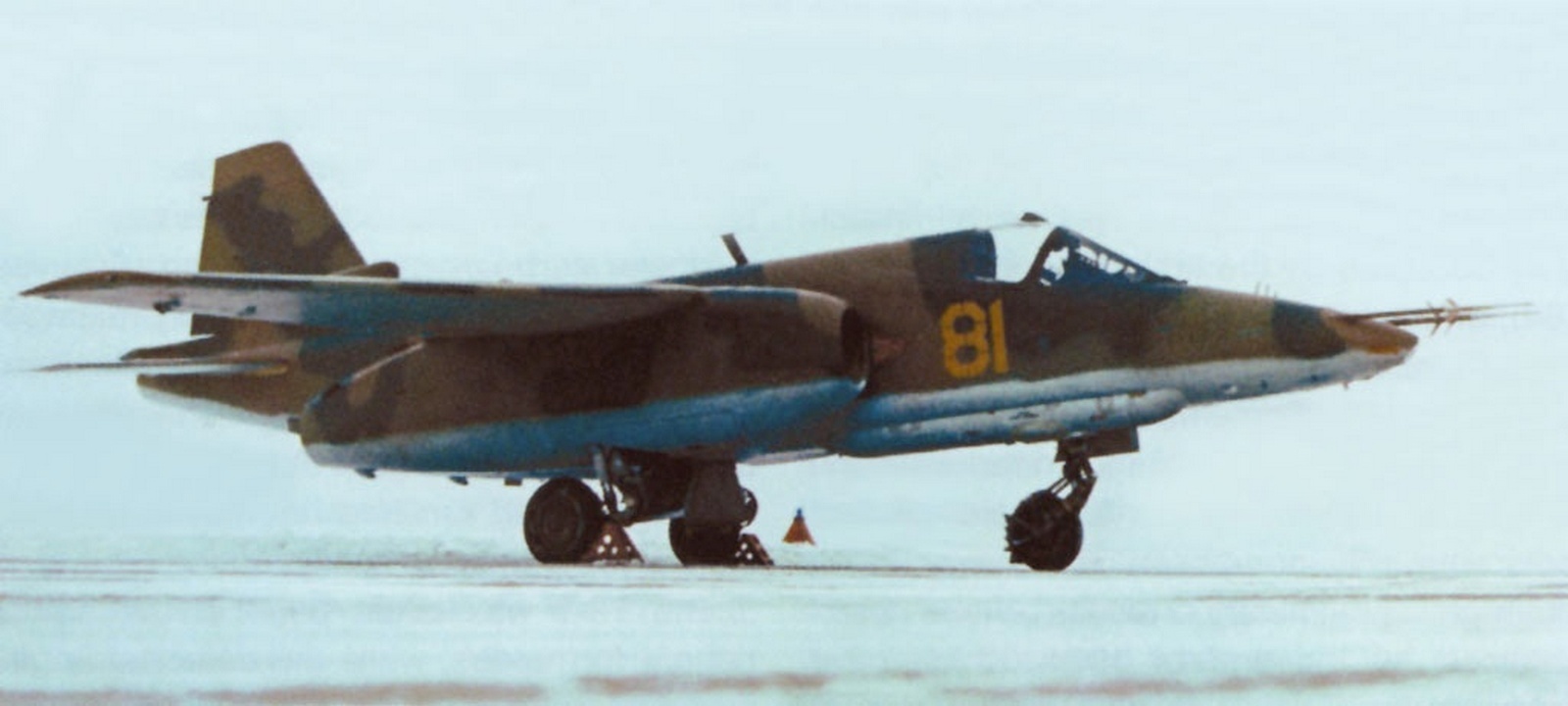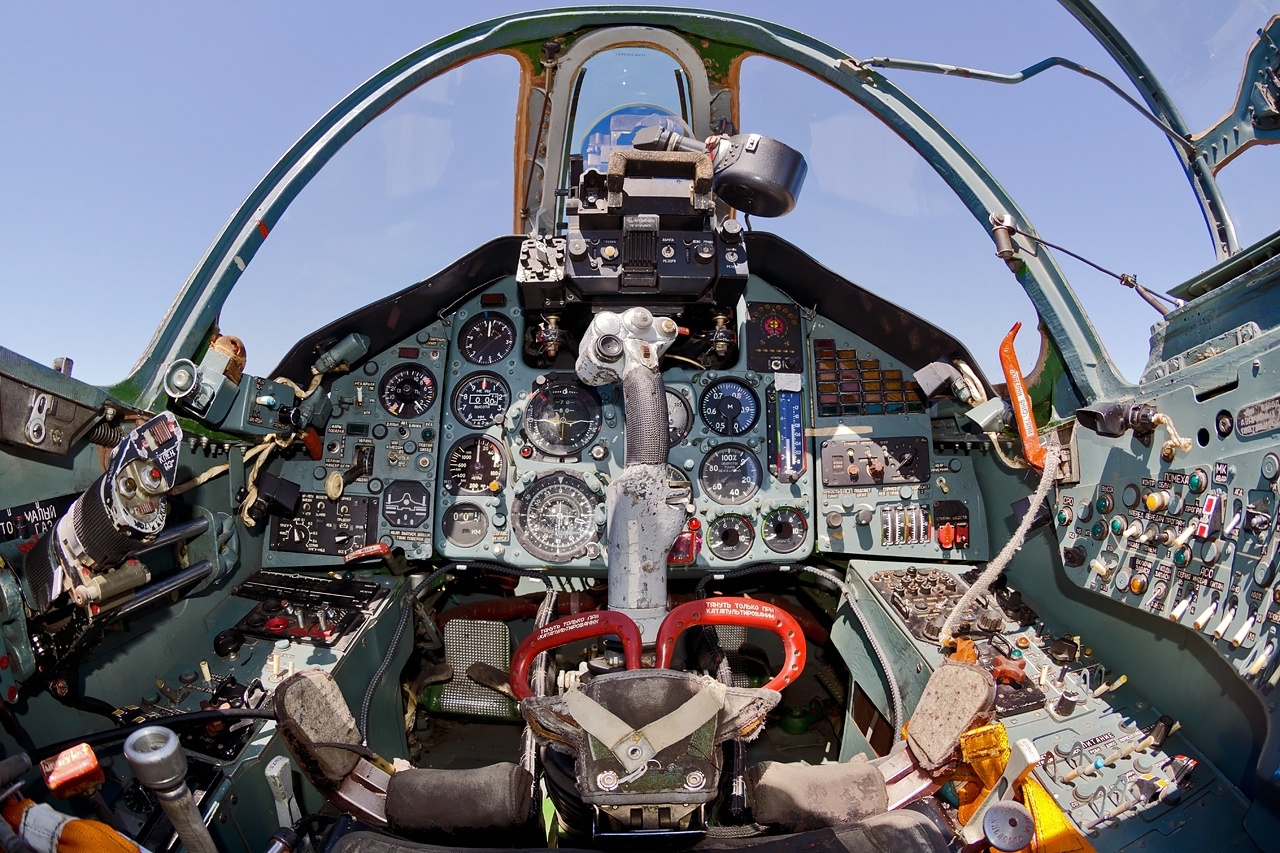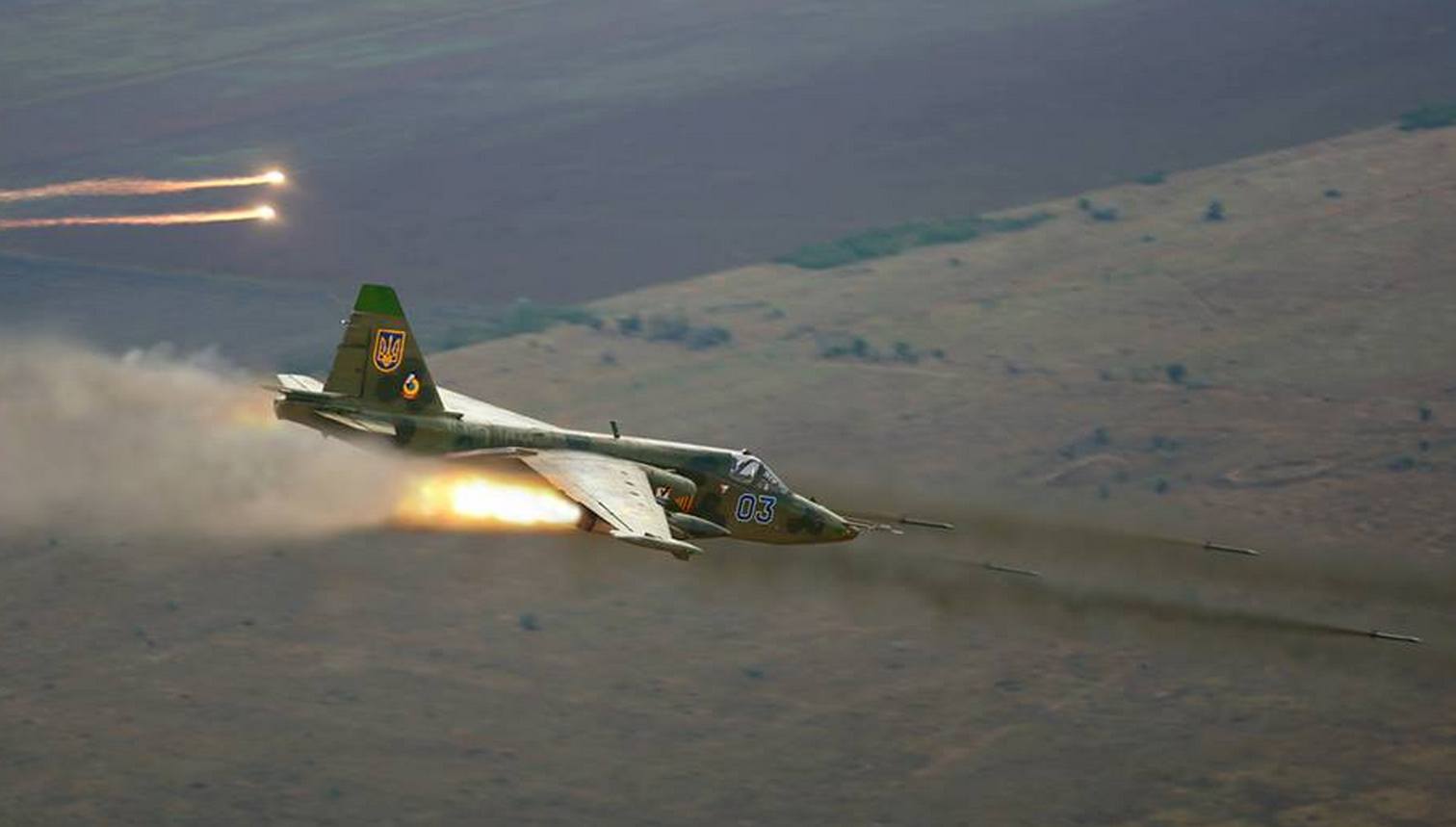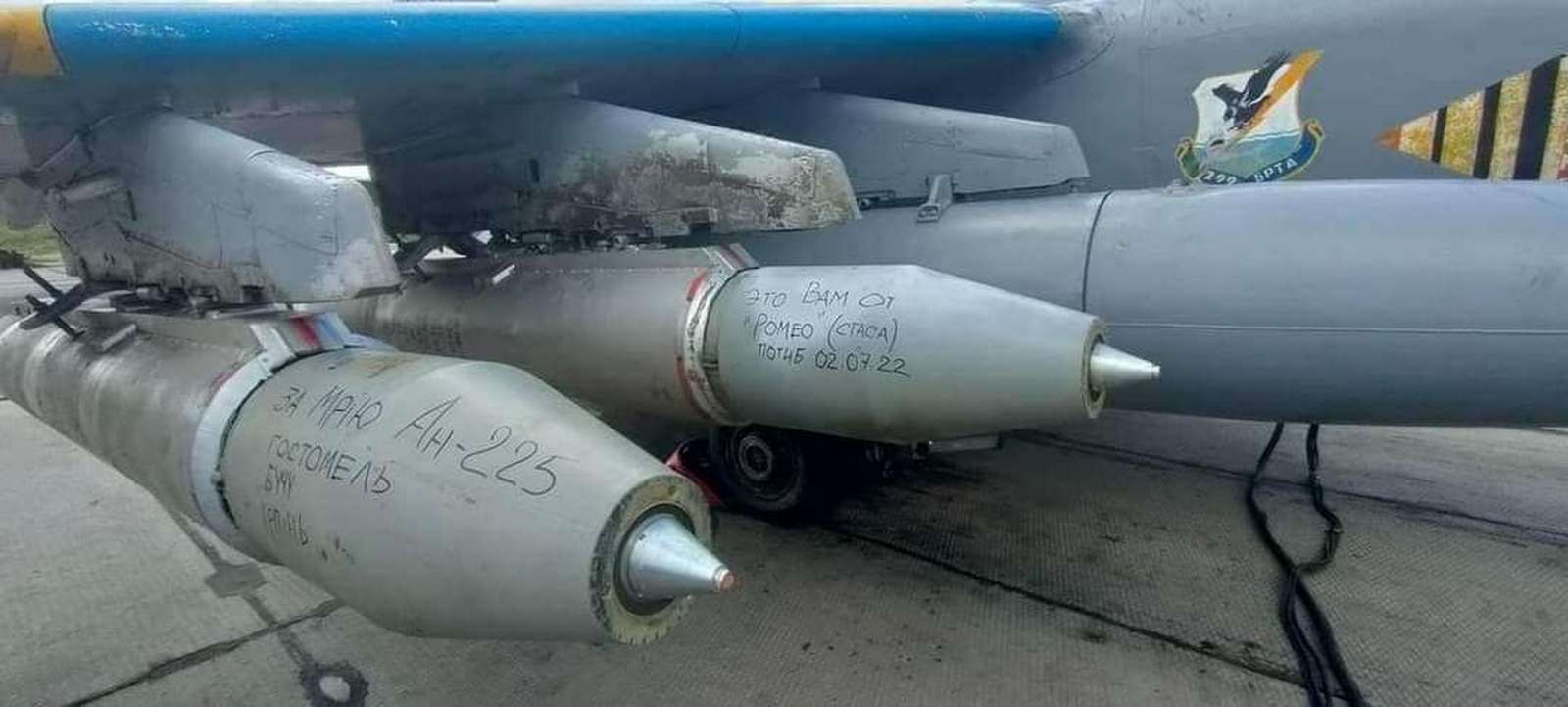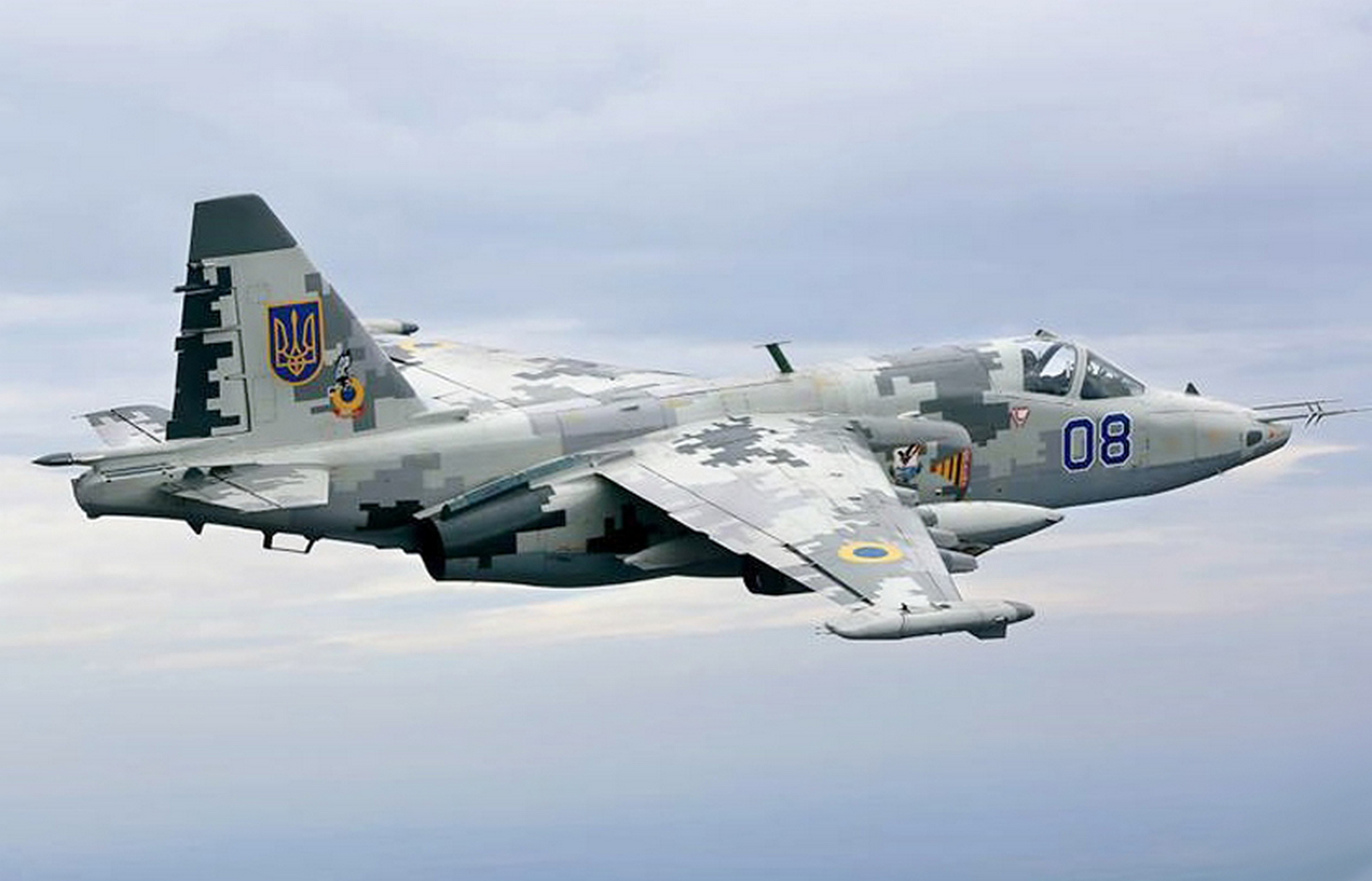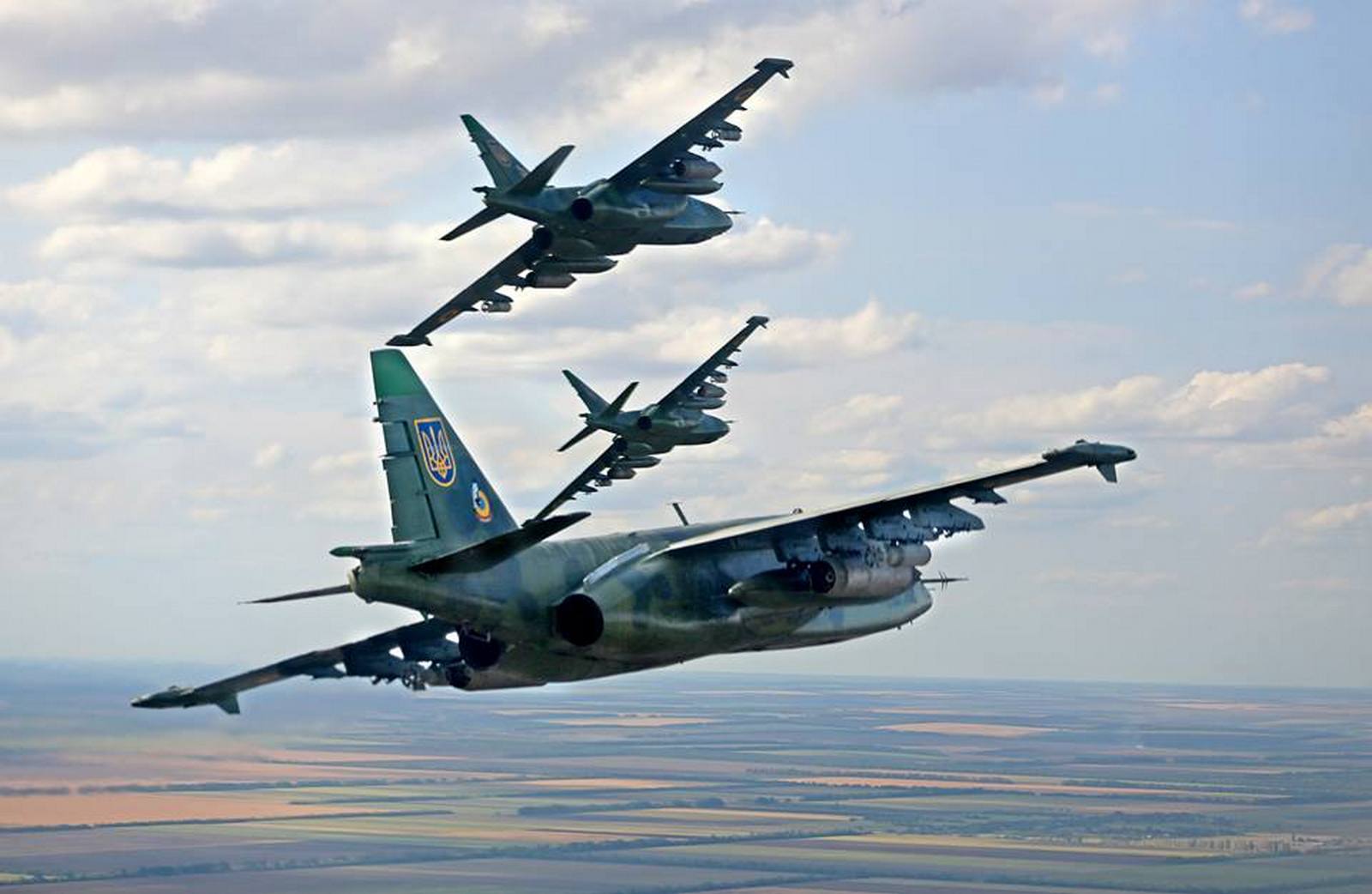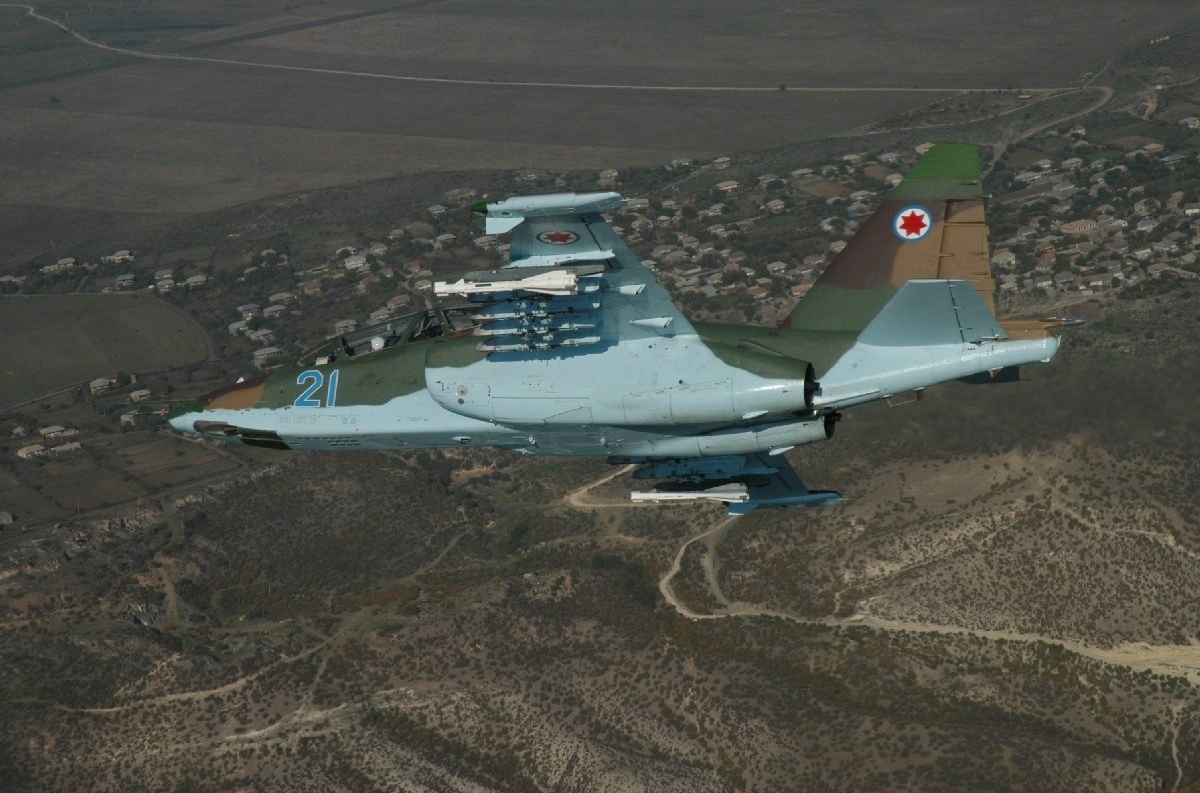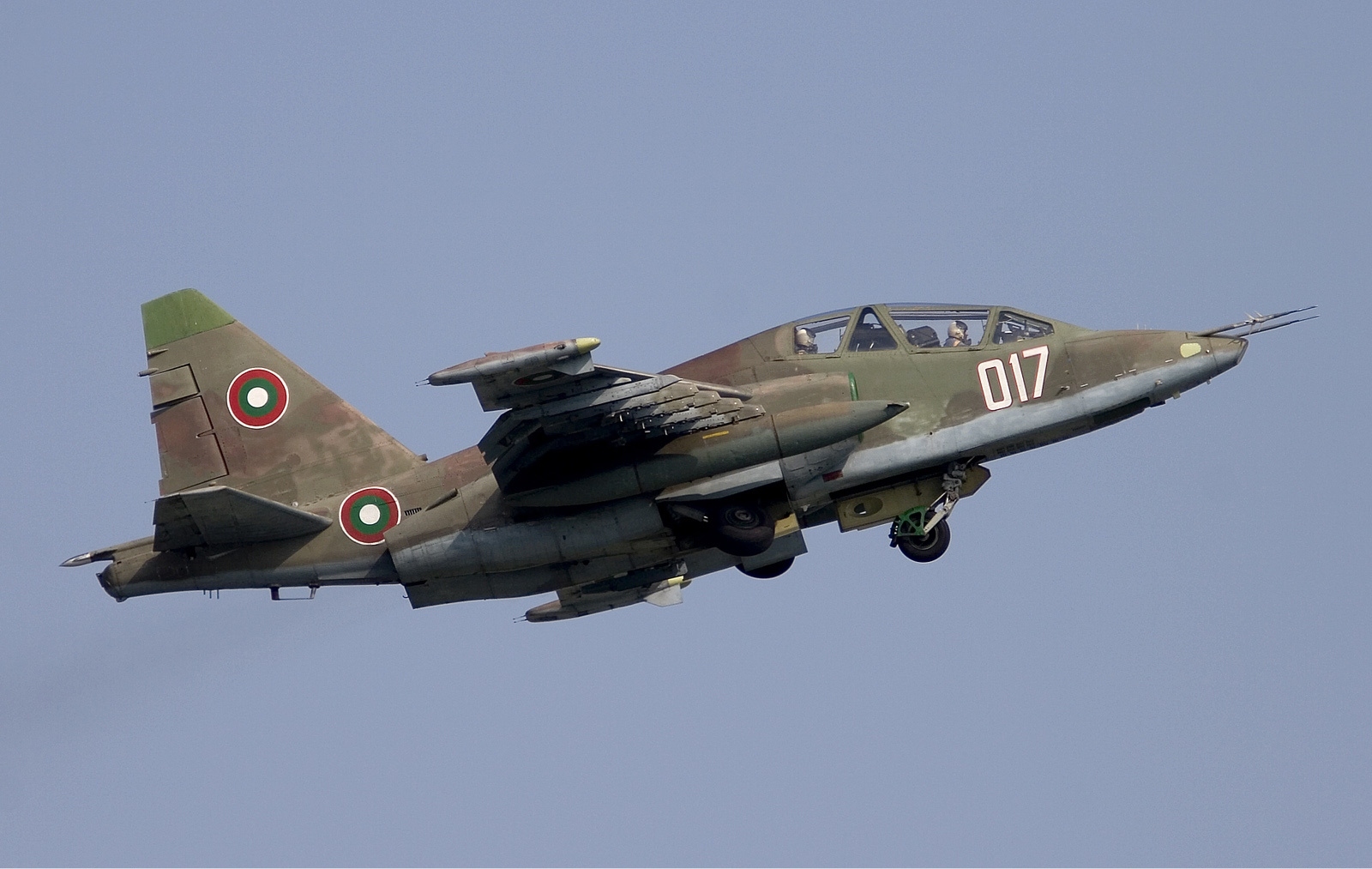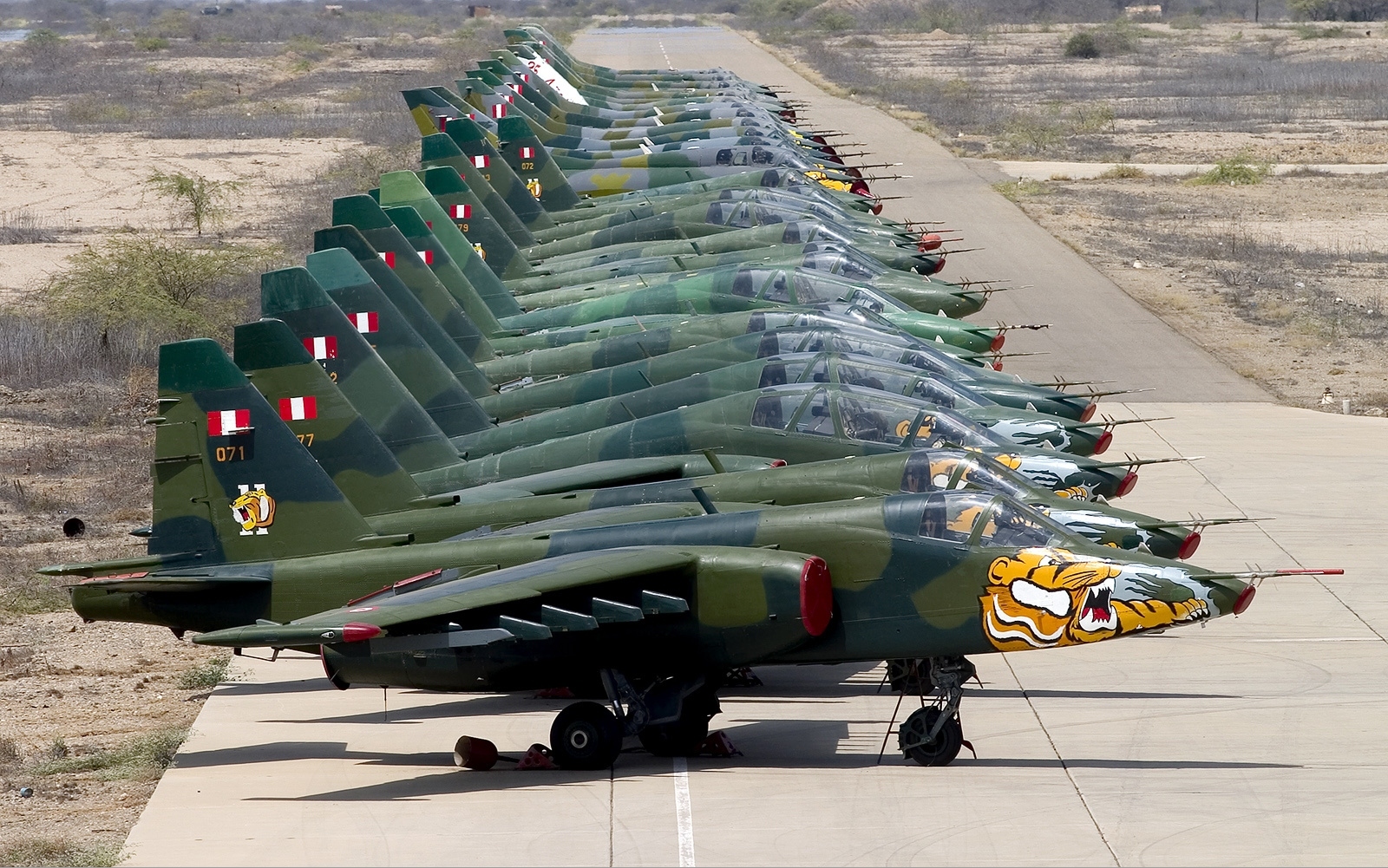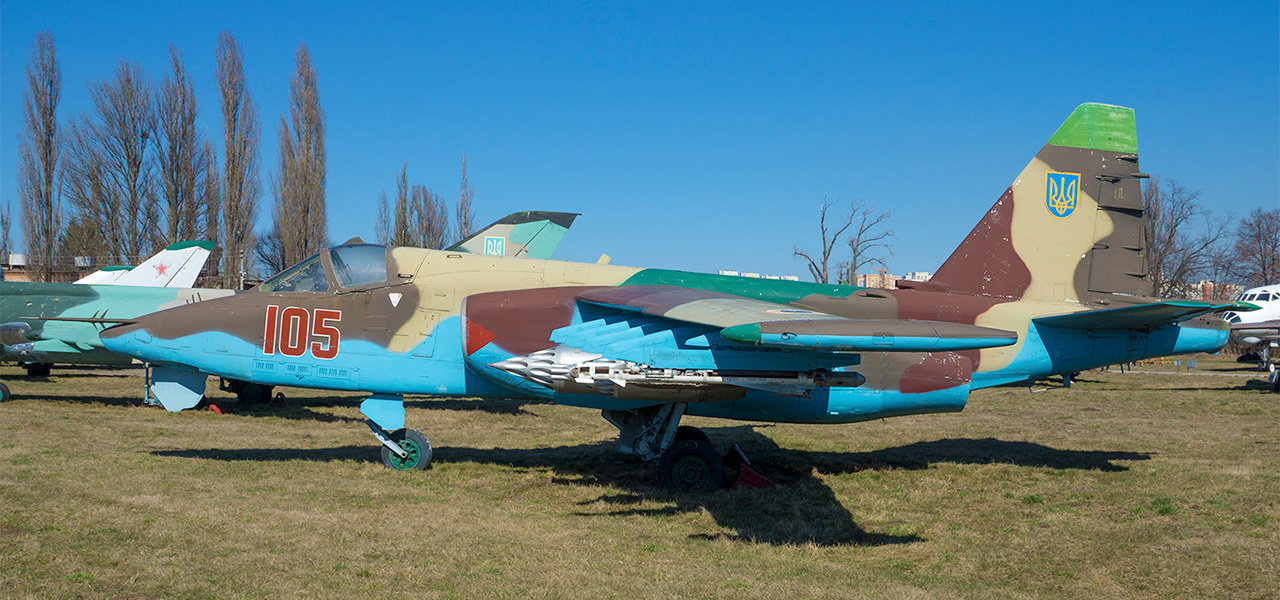22 Marked the 50th Anniversary of the Su-25 Attack Aircraft
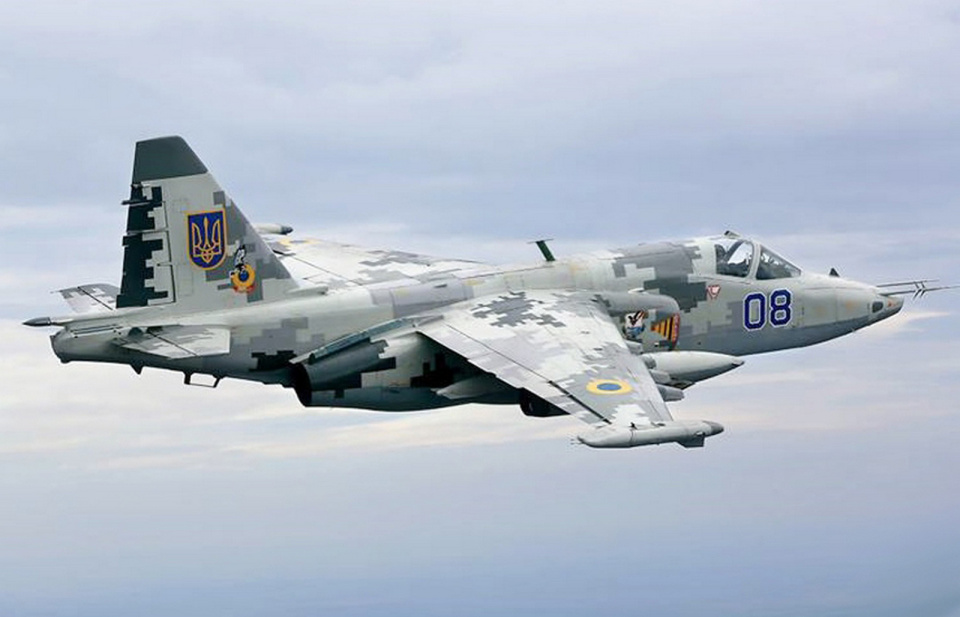
February 22 Marked the 50th Anniversary of the Su-25 Attack Aircraft, Nicknamed “Grach” by Aviators
On this day in 1975, the first prototype of the aircraft, the T-8-1 experimental plane, took to the skies for the first time.
During the development of this machine, specialists from the P.O. Sukhoi Design Bureau implemented an extensive program to enhance its combat survivability. In particular, the pilot’s cockpit was enclosed in an armored shell made of thick titanium plates. As a result, the attack aircraft proved capable of withstanding significant battle damage. Numerous cases are known of Su-25s returning to base even after being hit by man-portable air-defense system (MANPADS) missiles.
Mass production of the Su-25 began at the Tbilisi Aviation Plant in 1979. Additionally, the production of the Su-25UB, a combat training variant, was established at the aviation plant in Ulan-Ude. In total, over 1,300 units were built in four versions. There were also later modifications of the series-produced aircraft, including the Su-25M1 and Su-25UBM1, which were developed in Ukraine.
The single-seat Su-25 attack aircraft is equipped with two non-afterburning R-95Sh engines, each with a thrust of 4.1 tons. The aircraft has a length of 15.53 meters, a wingspan of 14.36 meters, a maximum takeoff weight of 17.6 tons, a top speed of 970 km/h, and a flight range of up to 1,850 km. It is armed with a twin-barrel 30mm GSh-30-2 cannon and can carry a wide range of weapons on external mounts, including Kh-25 and Kh-29 air-to-ground guided missiles, unguided rockets, bomb cassettes, and various types of bombs, including precision-guided ones, with a total payload of up to 4,300 kg.
The aircraft was adopted by the USSR Air Force and exported to 28 other countries, including Angola, Bulgaria, Armenia, Georgia, Iraq, Ethiopia, Peru, Sudan, and Chad.
The Su-25 underwent combat trials in Afghanistan. During the Afghan war, these aircraft carried out over 60,000 combat sorties with relatively low losses—23 aircraft in total. Su-25s were also used in other regional conflicts, including the Iran-Iraq War, the Ethiopia-Eritrea War, and the Russia-Georgia War.
After the dissolution of the USSR, Ukraine inherited nearly 80 Su-25s. Today, these aircraft are in service with the 299th Tactical Aviation Brigade named after Lieutenant General Vasyl Nikiforov. Since the first hours of Russia’s full-scale invasion of Ukraine, Ukrainian pilots have been striking enemy forces. For example, on June 22, 2022, the Ukrainian Air Force reported that Su-25s, in coordination with Su-24s, successfully attacked Russian battalion tactical group positions in Donetsk region and destroyed an enemy fortified area. On June 24, Su-25s and bombers conducted several airstrikes on the Izyum front, destroying eight enemy infantry fighting vehicles and personnel. In May 2023, it was revealed that the arsenal of Ukrainian Su-25s had been reinforced with 127mm Zuni unguided rockets supplied by the United States.
One of the first serially produced Su-25s, manufactured at the Tbilisi Aviation Plant in 1981, is part of the collection of the O.K. Antonov State Aviation Museum. This aircraft served in Afghanistan for three years with the 200th Separate Assault Squadron, which later became the 378th Separate Assault Aviation Regiment. In 1989, the aircraft was transferred as a training model to the Kyiv Higher Military Aviation Engineering School, and in 2000, it was moved to the military training faculty of the National Aviation University. It was officially added to the museum’s collection on November 15, 2007.

 Fan-page
Fan-page Youtube
Youtube TikTok
TikTok Aviamuseum
Aviamuseum State Aviation Museum
State Aviation Museum
